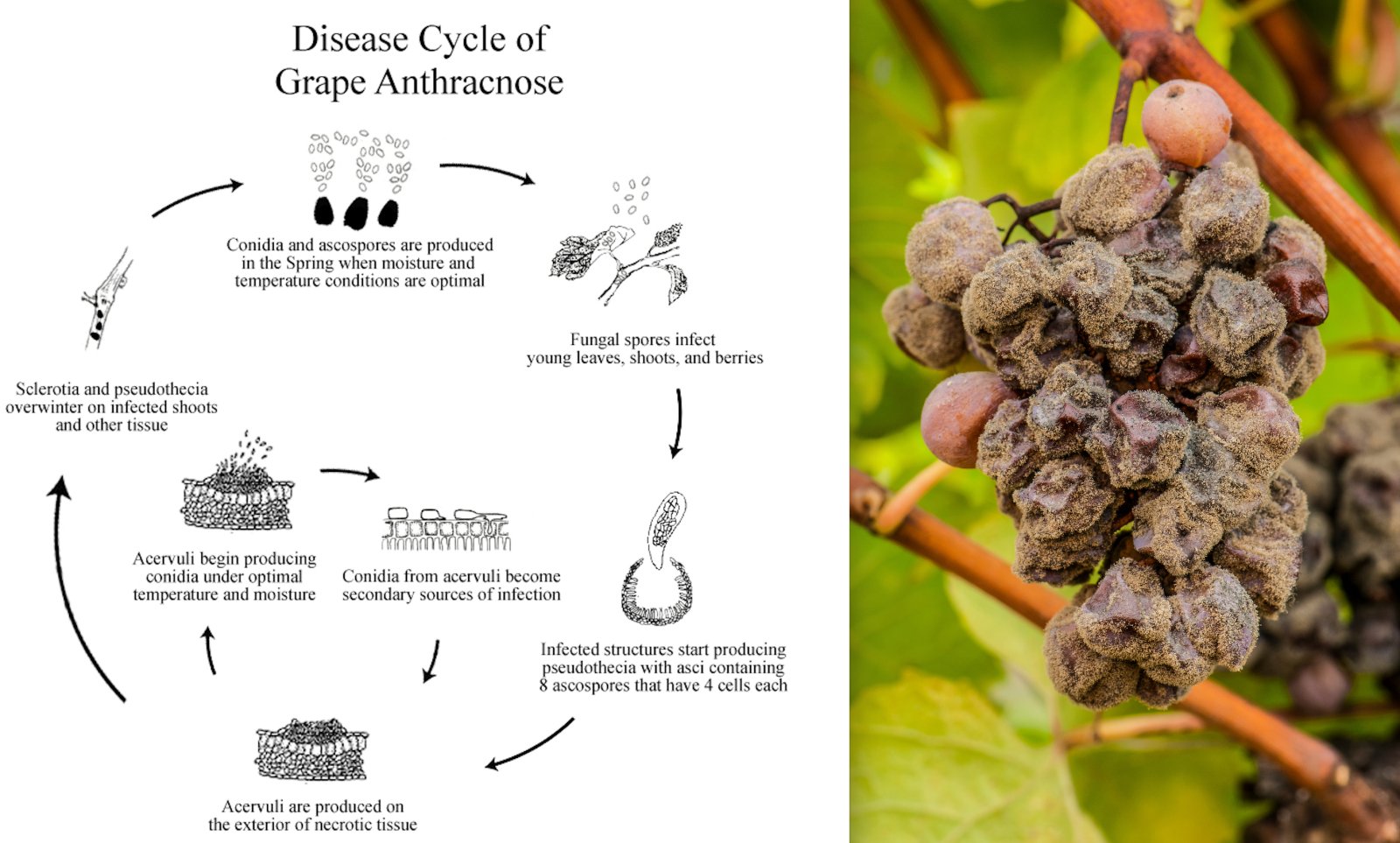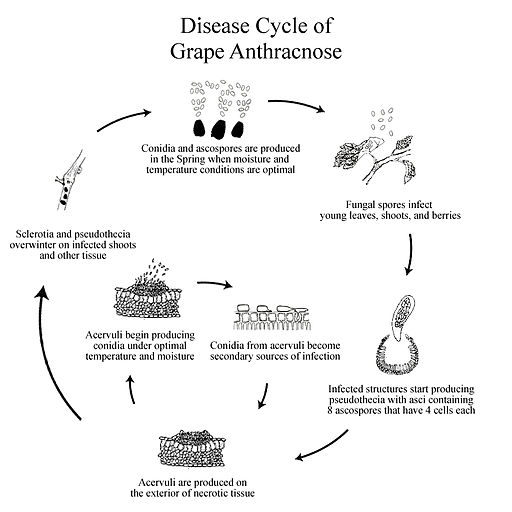Botrytis is a genus of fungi that includes several species, some of which are plant pathogens causing diseases commonly known as "gray mold" or "botrytis blight." Integrated pest management (IPM) strategies that combine various control methods can be the most effective way to manage botrytis.

Genetic Selection:
- When possible, choose plant varieties that are known to be more resistant to botrytis. Many plant varieties have widely varying resistance to botrytis,
Cultural Practices:
- Quarantine: Isolate new plants before introducing them into your cultivation area to prevent the introduction of botrytis or other diseases.
- Sanitation: Keep the grow area clean and remove any plant debris or dead plant material where botrytis can thrive.
- Pruning and Thinning: Properly prune and thin plants to improve air circulation and reduce humidity around the plants, which can discourage botrytis growth. Some growers implement strategies like defoliation during the flowering stage to reduce humidity and limit botrytis growth.
Environmental Control:
- Humidity Control: Maintain the relative humidity in the grow room at lower levels (below 50-60%) during flowering, as botrytis thrives in high humidity
- Temperature Control: Ensure proper temperature control within the growing area to discourage botrytis growth.
Spray Applications:
- If you notice botrytis symptoms, it's important to act quickly. Apply fungicides or other treatments according to the product's recommended application timing and frequency. In organic cultivation, sulfur-based products or neem oil can be used to manage botrytis. Additionally, preventive sprays with organic-approved products like potassium bicarbonate can help create an inhospitable environment for the fungus but may also inhibit beneficial microbial health.
Biological Control:
While there are various microbes and organisms that can interact with botrytis fungi, there isn't a single microbe that exclusively "eats" botrytis in the way that predators consume prey. Instead, various microorganisms, including bacteria and other fungi, can play roles in affecting botrytis populations or competing for the same resources.
-
Bacterial Antagonists: Some bacteria, like certain strains of Bacillus and Pseudomonas, are known for their antagonistic activities against botrytis. They can produce antimicrobial compounds or compete for nutrients and space, reducing the growth of botrytis.
-
Antagonistic Fungi: Other fungi may compete with botrytis for resources in the environment. For example, Trichoderma species are well-known antagonistic fungi that can inhibit the growth of botrytis through mechanisms such as mycoparasitism and the production of antifungal compounds.
-
Predatory Nematodes: Some soil-dwelling nematodes are predatory and can consume fungal pathogens, including botrytis. These nematodes are often used as biological control agents in agriculture to reduce the population of pathogenic fungi in the soil.
-
Microbial Consortia: In natural ecosystems and some agricultural practices, a combination of beneficial microorganisms can work together to suppress botrytis and other pathogens. These microbial consortia can include bacteria, fungi, and other microorganisms that collectively create an environment less favorable for botrytis growth.
It's important to note that the interaction between microorganisms and botrytis can be complex and context-dependent. In agricultural settings, integrated pest management (IPM) strategies often involve the use of beneficial microorganisms alongside other control measures to manage botrytis and other plant diseases. These strategies aim to create a balanced microbial community that can help reduce the impact of pathogens like botrytis on crops.
Gacharnaaah, CC BY 3.0, via Wikimedia Commons


